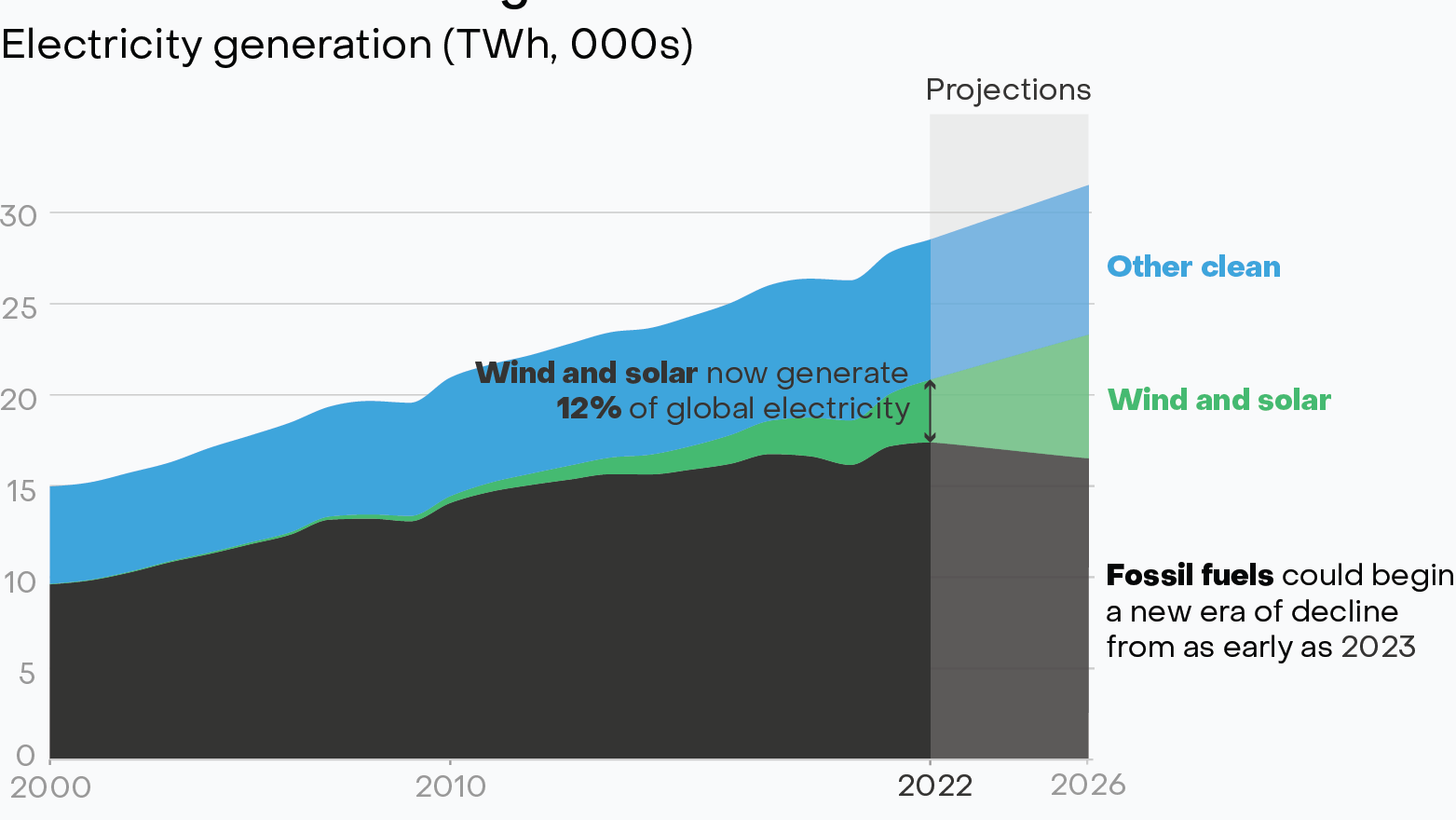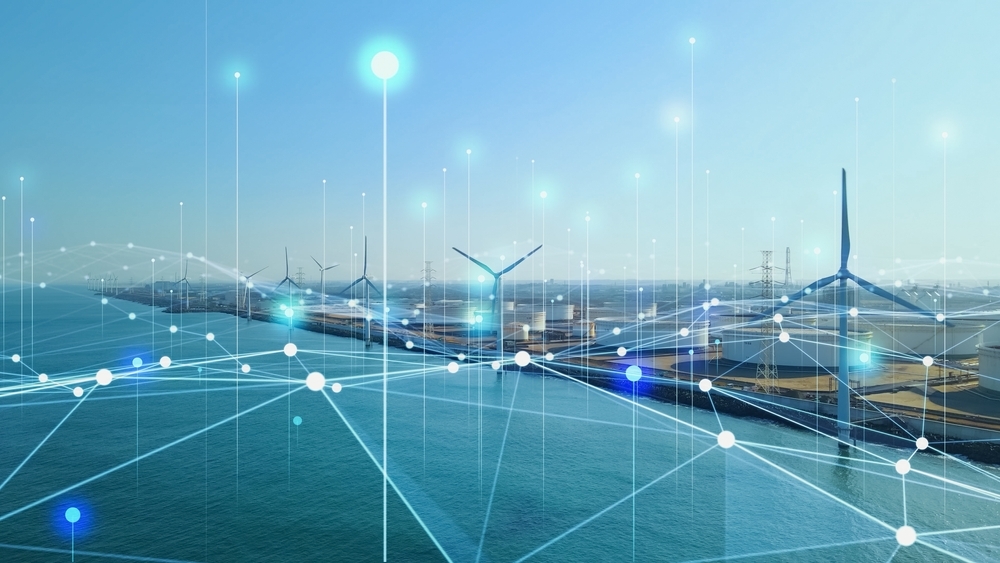A new report shows that wind and solar generated 12% of global electricity in 2022, a new record.
However, coal and other fossil fuels were still needed to meet the world’s growing electricity needs, according to the research by Ember, a global energy think tank.
“2022 will be remembered as a turning point in the world’s transition to clean power. Russia’s invasion of Ukraine made many governments rethink their plans amid spiking fossil fuel prices and security concerns about relying on fossil fuel imports," Ember researchers wrote.
"It also accelerated electrification: more electric vehicles, more heat pumps, and more electrolysers. These will drive reductions in emissions for other sectors and will put more pressure to build clean power more quickly.”





